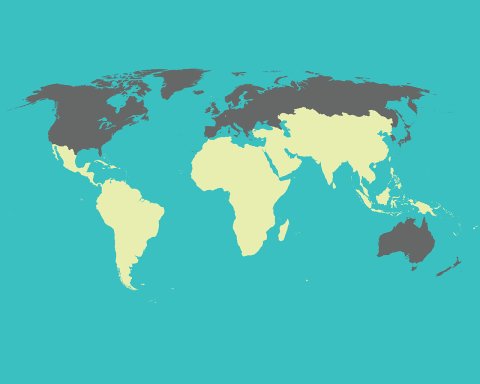Throughout developing regions, many adolescent women struggle to get the sexual and reproductive health information and services they need. This report analyzes national health surveys and published research findings from 70 countries across Africa, Asia, and Latin America and the Caribbean and examines a range of sexual and reproductive health indicators for women aged 15–19.
Adolescent Women’s Need for and Use of Sexual and Reproductive Health Services in Developing Countries

Author(s)
Reproductive rights are under attack. Will you help us fight back with facts?
Key Points
• This report draws on national survey data from 70 developing countries to provide an overview of adolescent women’s needs for and use of sexual and reproductive health services.
• The proportion of recent births to mothers younger than age 20 that are unplanned is particularly high—more than half—in most Latin American and Caribbean countries. In a third of countries in Africa, more than 40% of such births are unplanned. Levels are lower in Asian countries, typically within the range of 10–20%.
• Adolescent women who have an unmet need for contraception report that their main reasons for nonuse of a contraceptive method are infrequent sex and not being married. A number of other factors, such as lack of access, health concerns and worry about side effects, are also< important.
• A minority of sexually active adolescent women who have an STI or STI symptoms seek care in a health facility. Adolescent women in Africa and Asia are more likely than those in Latin America and the Caribbean to either receive no treatment at all or to obtain care from< a source other than a health facility.
• Compared with older women, adolescents are more likely to seek abortions from untrained providers or to have a self-induced abortion. They also tend to take longer to recognize their pregnancies and consequently have abortions at later gestations, and they know less about their rights concerning abortion and postabortion care.
• While the proportion of women giving birth before age 20 who receive some antenatal care from a skilled provider is generally high (more than 75%) across all three regions, far smaller proportions received antenatal care early in their pregnancy or made the recommended minimum of four antenatal visits.
• Adolescents have a right to health, including sexual and reproductive health, and a right to receive accurate information and confidential services—but they currently experience many barriers and utilization of essential services falls far short of need.